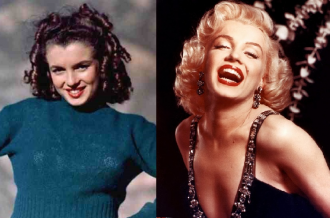Unjustified emotionalism

I have now often find myself at tastings not only with old friends but also with some ‘young lions’ and, as always, these occasions are an opportunity to swap opinions and compare new ideas and interpretations regarding both wines and where they are produced. Unfortunately, I have noticed, especially among the younger critics, a closed-mindedness and unwillingness to delve into technical aspects. There is an apparent refusal to accept the fact that productive techniques, whether they apply to cultivating grapes, fermentation methods or aging in wood, are important to exalt the characteristics of a grape and a territory and have nothing to do with standardization. I fear their stance reflect a lack of knowledge. Many ‘young lions’, who have gained notoriety thanks to a legion of followers on various social networks, evidently lack a sense of history and this has led them to believe that certain technical flaws in wines derive from the land or a particular type of production. This is certainly an emotional, quite sketchy and absolutely non-scientific approach.
Although many aspects of tasting have been ‘victim’ of such a mentality, I will limit myself to addressing two factors regarding a wine’s aroma: excessive reduction and distinctly evolved scents in wines that have just reached the market (factors regarding flavor, like ‘acidic drift’, were already dealt with by Daniele Cernilli in a previous editorial). Let us take the area of Montalcino as an example, where wines are aged long before being sent to market. For certain ‘young lions’, emotional fundamentalists, there is only one way to produce a ‘real’ Brunello: long maceration, little attention to temperature control and large and sometimes inefficient barrels. In other words, a view that was in vogue in the 1980s.
Wine made following this method often has problems that scientific research and some producers have already resolved. Long maceration (which also results in a loss of color) without controlling the temperature and a delay in barrel aging result in substantial reduction due to the great constructive nature of Sangiovese lees: aromas tend to lose their fragrance and become dark initiating a precocious aging process. Thus right away we lose the lovely fruit scent of cherry which is the distinguishing aromatic trait of Sangiovese. Then there is the problem of barrels that have not been properly cleaned and dried, which makes the reduction problems even worse, as well as the use of old wood, which causes brett problems or other negative notes. An aroma’s precocious aging makes it very difficult to determine where a wine comes from.
Using new or cleaned wood can help avoid this problem but some young taster-critics reject this and consider misleading any light spice note from wood, unaware that these scents often vanish after a few years aging in the bottle. In other words, they prefer stinky notes (perhaps considering them ‘typical’) to spicy ones and thus miss the lovely evolution that wines have when they start off with a fruity bouquet and then change their aromatic profile with age, the way our faces do as wrinkles emerge. I remember seeing the film Benjamin Button and how I was amazed to see a child with wrinkles of old age and then notice how his face became more interesting as he became an adult.

 Italiano
Italiano








